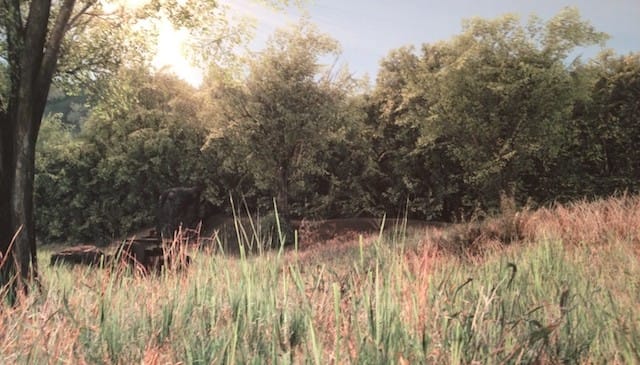
Chris Romero
27 posts
Thanks to the Kinect and Cornell you’ll soon have robots cleaning your house.
video We’ve reached the moment in history where robots are learning how to organize and place objects autonomously. From the opinion section on The Week, Cornell roboticists have built and successfully tested a canny new housecleaning bot. Of course, building a machine that “knows” where to put you
Punchdrunk and MIT’s "Sleep No More" sets the stage for theatre and videogame experimentation.
Dave Itzkoff’s review of “Sleep No More,” a site-specific theatre installation in a Chelsea (NY) demonstrates what happens when the threshold between videogames, alternate-reality games, theatre and drama are blurred. Created by British theatre group Punchdrunk, and produced with the help of Emursiv
Tom Sachs’ new exhibition is Synecdoche, New York meets Apollo 13.
video Contemporary artist Tom Sachs’ SPACE PROGRAM: MARS takes us as close to Mars as many of us will ever get. With the help of public art organization Creative Time, Sachs recreates the Martian landscape in the 55,000 square foot Wade Thompson Drill Hall of the Park Ave. Armory. The immersive inst
NYC’s Museum of Modern Art evaluates games as an art form.
MoMA kicked off Contemporary Art Forum: Critical Play—The Game as an Art Form last night with an overview of critical and artist led play. Here are some quotes from the first session: Mary Flanagan: “Is thinking about games as an art form tied to the historic exchanges specific to art history, or is
PAUSE: Captain Falcon teaches valuable life lessons through videogames.
[via What Video Games have taught us.]
Musical robotics? Glowing wires? All is game at NYU’s ITP Spring exhibition.
video Xavier Aaronson’s review for The Creators Project of NYU’s Interactive Telecommunications Program (ITP) spring exhibition demonstrates the importance of art, technology and play, Upon entering this year’s show, held this past Monday and Tuesday, I was greeted with a wonderful assault on the se
For museums saving a virtual world is more than just killing the final boss.
As a visitor it’s easy to overlook the amount of work that goes on in maintaining a videogame exhibition or collection. Jeff DiOrio’s interview with the Strong Museum’s Jon-Paul Dyson, the director of the International Center for the History of Electronic Games (ICHEG) in Rochester, NY remedies this
